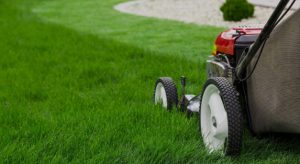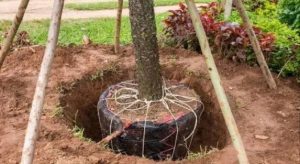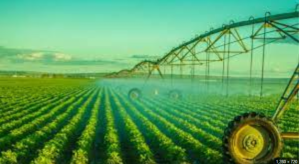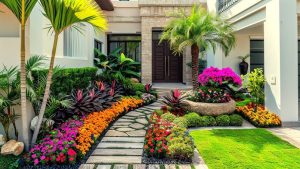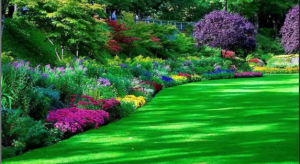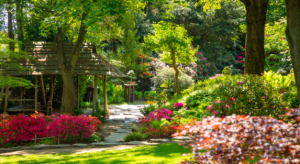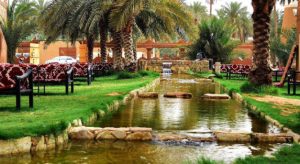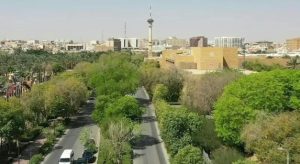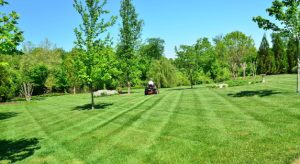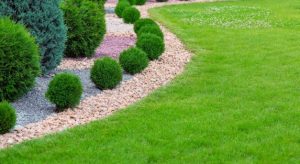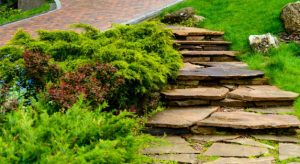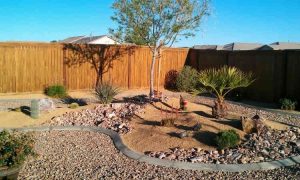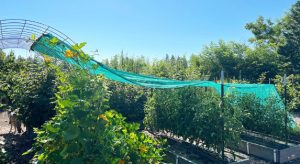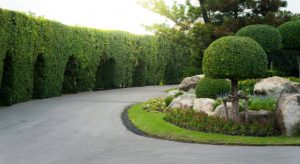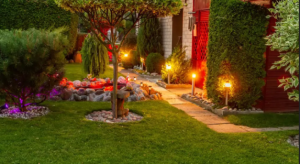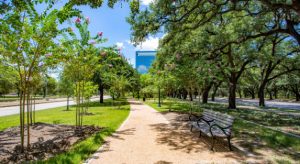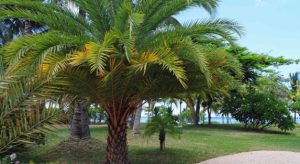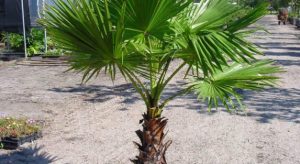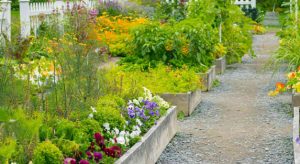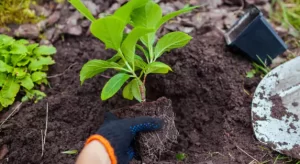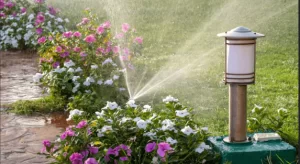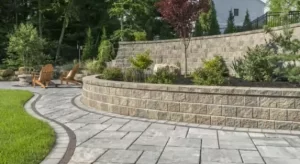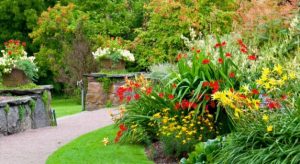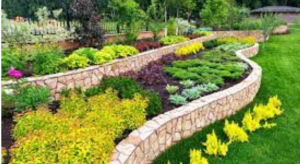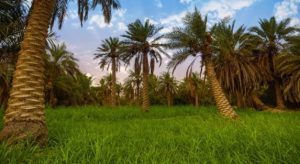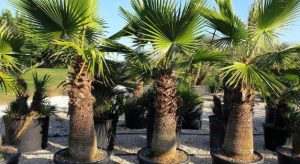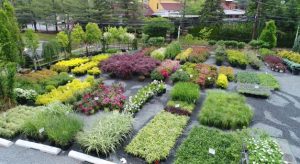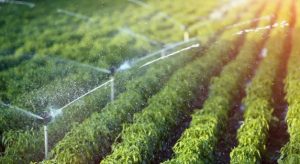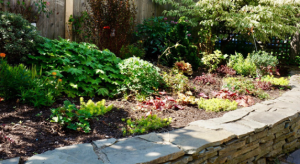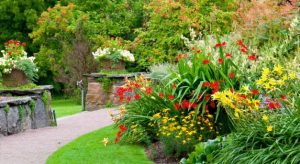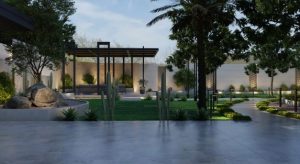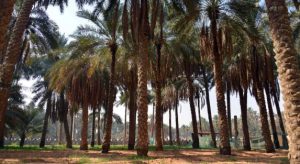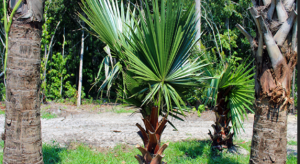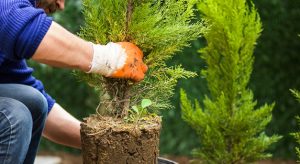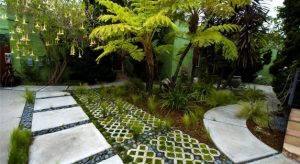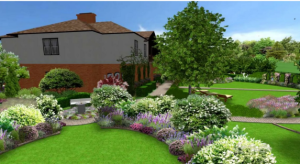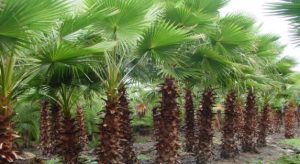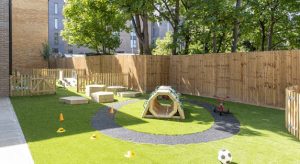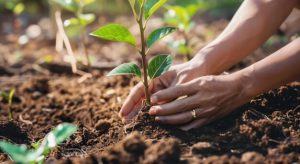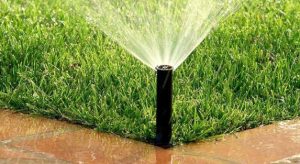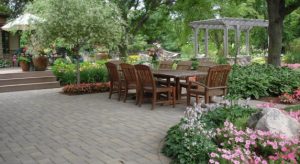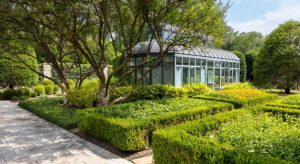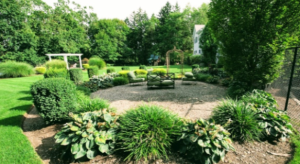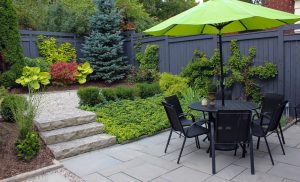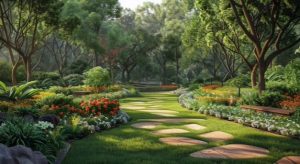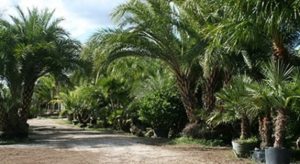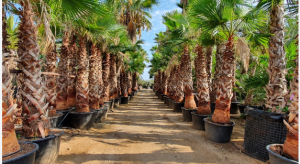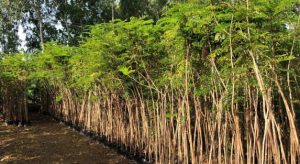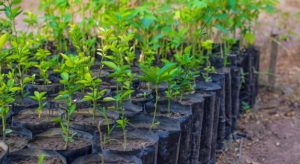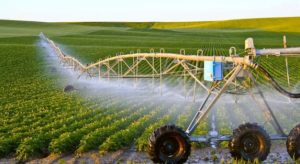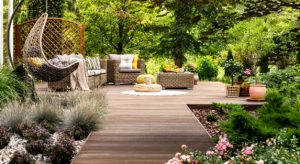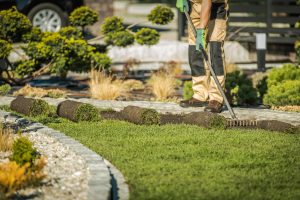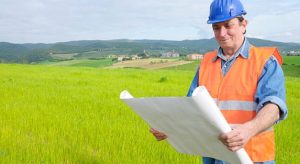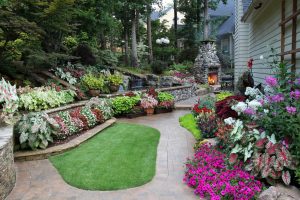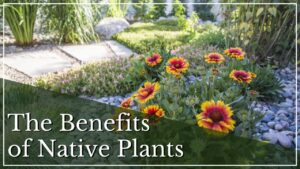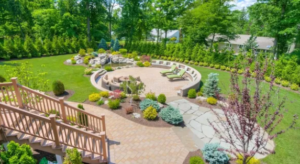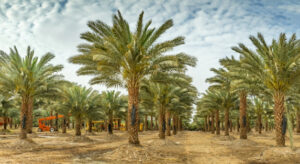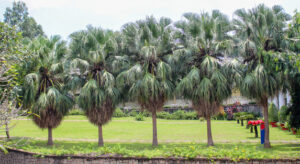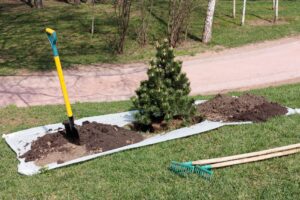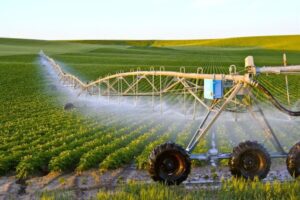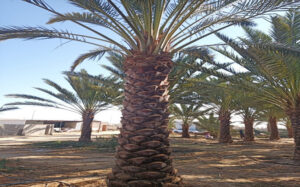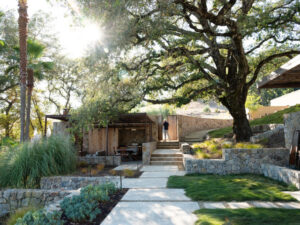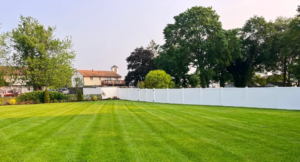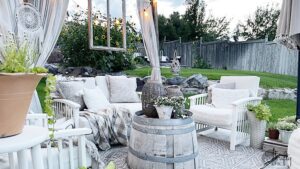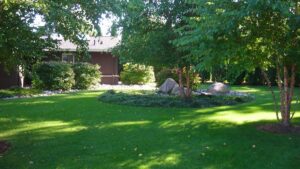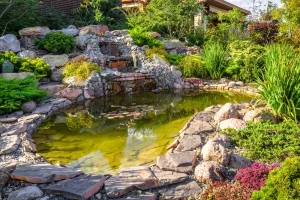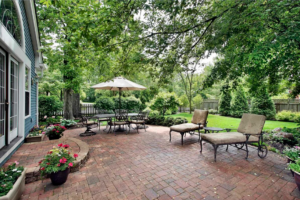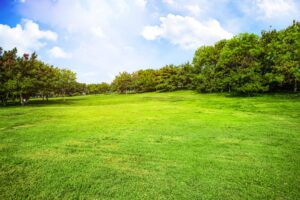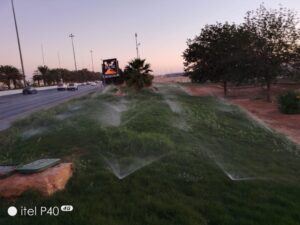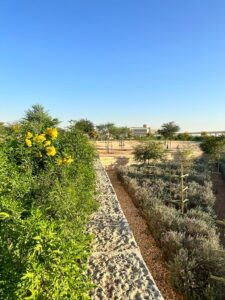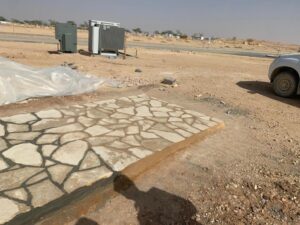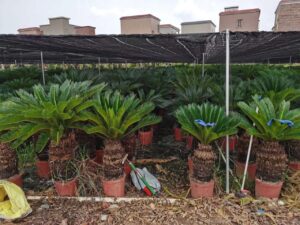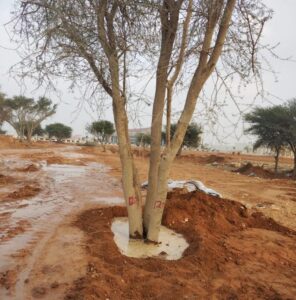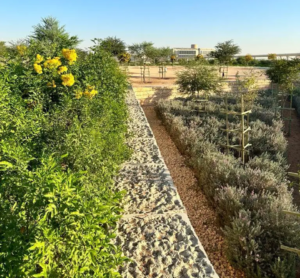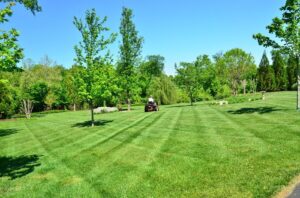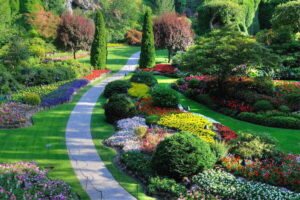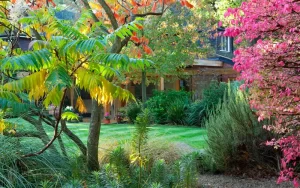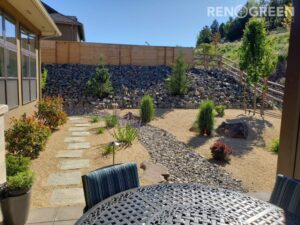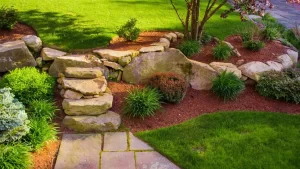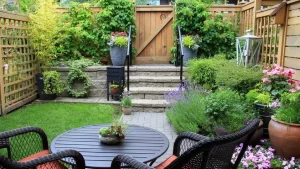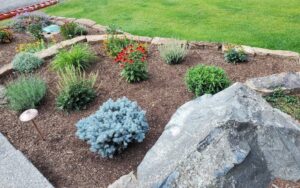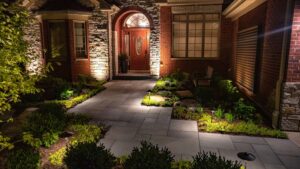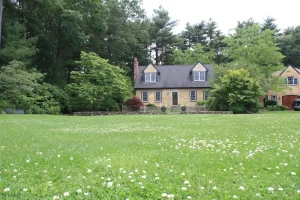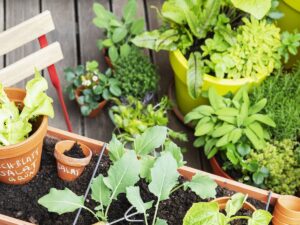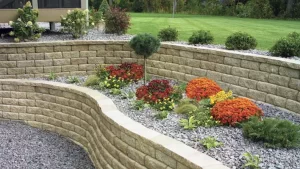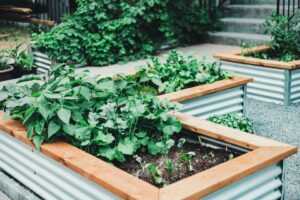How to Assess the Health of Trees Before Transplanting
7 February, 2025
Introduction
Tree transplantation is a delicate and complex process that requires careful planning, expertise, and a deep understanding of tree biology. Whether you are relocating a tree for landscaping purposes, urban development, or conservation efforts, assessing the health of the tree before transplanting is crucial to ensure its survival and growth in its new location. In Saudi Arabia, where the climate and soil conditions can be challenging, the role of a professional Tree Transplanting Services Company becomes even more critical. This article provides a comprehensive guide on how to assess the health of trees before transplanting, with insights tailored to the unique environmental conditions of Saudi Arabia.
1. Understanding the Importance of Tree Health Assessment
1.1. Why Tree Health Matters in Transplantation
Transplanting a tree is a stressful process for the plant. A healthy tree is better equipped to withstand the shock of being uprooted, transported, and replanted. Assessing the health of a tree before transplantation helps identify potential risks, such as diseases, pests, or structural weaknesses, that could compromise its survival.
1.2. The Role of a Tree Transplanting Services Company in Saudi Arabia
In Saudi Arabia, the arid climate, high temperatures, and limited water resources pose unique challenges to tree transplantation. A professional Tree Transplanting Services Company in Saudi Arabia has the expertise and equipment to evaluate tree health, prepare the tree for transplantation, and ensure its successful establishment in a new location. Their knowledge of local conditions and tree species is invaluable in achieving successful outcomes.
2. Key Factors to Assess Before Transplanting a Tree
2.1. Species Suitability
Not all tree species are suitable for transplantation, especially in Saudi Arabia's harsh climate. A Tree Transplanting Services Company will evaluate whether the tree species can adapt to the new location's soil, temperature, and water availability.
2.1.1. Native vs. Non-Native Species
Native trees are generally better suited to local conditions and have a higher chance of survival after transplantation. Non-native species may require additional care and resources to thrive.
2.1.2. Drought-Resistant Species
In Saudi Arabia, drought-resistant species such as date palms, acacias, and olive trees are ideal for transplantation due to their ability to withstand arid conditions.
2.2. Age and Size of the Tree
The age and size of a tree play a significant role in its ability to survive transplantation.
2.2.1. Young Trees vs. Mature Trees
Younger trees have smaller root systems and are easier to transplant, while mature trees require more extensive preparation and care. A Tree Transplanting Services Company will assess whether the tree's size and age make it a viable candidate for transplantation.
2.2.2. Root Ball Size
The root ball, which includes the tree's roots and surrounding soil, must be proportionate to the tree's size. A professional service will ensure that the root ball is large enough to support the tree's nutrient and water needs after transplantation.
2.3. Structural Integrity
A tree's structural integrity is critical to its survival and growth. Assessing the tree's trunk, branches, and root system helps identify any weaknesses that could affect its stability.
2.3.1. Trunk Condition
Look for signs of damage, such as cracks, splits, or decay, which could indicate underlying health issues.
2.3.2. Branch Structure
Healthy trees have well-distributed branches with strong attachments to the trunk. Weak or poorly attached branches may break during transplantation.
2.3.3. Root System
The root system should be healthy and well-developed. Damaged or diseased roots can hinder the tree's ability to absorb water and nutrients after transplantation.
2.4. Pest and Disease Inspection
Pests and diseases can significantly impact a tree's health and survival. A thorough inspection is essential to identify and address any issues before transplantation.
2.4.1. Common Pests in Saudi Arabia
In Saudi Arabia, pests such as palm weevils and whiteflies can pose a threat to trees. A Tree Transplanting Services Company will implement pest control measures to protect the tree.
2.4.2. Disease Identification
Fungal infections, bacterial diseases, and viral infections can weaken a tree and reduce its chances of survival. Early detection and treatment are crucial.
2.5. Environmental Stress Factors
Trees in Saudi Arabia are often exposed to environmental stressors such as high temperatures, salinity, and limited water availability. Assessing these factors helps determine whether the tree can thrive in its new location.
2.5.1. Water Requirements
Ensure that the tree's water needs can be met in the new location. Drought-resistant species are preferable in Saudi Arabia's arid climate.
2.5.2. Soil Conditions
The soil in the new location should be compatible with the tree's requirements. A Tree Transplanting Services Company will test the soil for pH, salinity, and nutrient levels.
2.5.3. Sunlight and Wind Exposure
The new location should provide adequate sunlight and protection from strong winds, which can damage the tree.
3. Steps to Assess Tree Health Before Transplantation
3.1. Visual Inspection
A visual inspection is the first step in assessing a tree's health. Look for signs of stress, such as wilting leaves, discoloration, or dead branches.
3.2. Soil Testing
Soil testing provides valuable information about the tree's growing conditions. A Tree Transplanting Services Company will analyze the soil to determine its suitability for the tree.
3.3. Root Examination
The root system is the foundation of a tree's health. Carefully excavate around the base of the tree to inspect the roots for damage or disease.
3.4. Pest and Disease Analysis
Conduct a thorough inspection for pests and diseases. Use specialized tools and techniques to identify and treat any issues.
3.5. Professional Assessment
Engage a professional Tree Transplanting Services Company in Saudi Arabia to conduct a comprehensive assessment. Their expertise and experience ensure that all factors are considered before transplantation.
4. Pre-Transplantation Preparation
4.1. Pruning
Pruning helps reduce the tree's stress during transplantation by removing dead or excess branches. It also encourages new growth.
4.2. Root Pruning
Root pruning involves cutting back the roots to encourage the growth of new, fibrous roots. This step is essential for ensuring the tree's stability and nutrient absorption after transplantation.
4.3. Watering
Proper watering before transplantation helps prepare the tree for the stress of being uprooted. A Tree Transplanting Services Company will ensure that the tree is adequately hydrated.
4.4. Soil Preparation
Prepare the soil in the new location to ensure it meets the tree's requirements. This may involve adding nutrients, adjusting pH levels, or improving drainage.
5. Post-Transplantation Care
5.1. Watering and Irrigation
After transplantation, the tree requires consistent watering to establish its root system. In Saudi Arabia, efficient irrigation systems such as drip irrigation are recommended to conserve water.
5.2. Mulching
Mulching helps retain soil moisture, regulate temperature, and suppress weeds. Apply a layer of organic mulch around the base of the tree.
5.3. Monitoring and Maintenance
Regular monitoring is essential to ensure the tree's health and growth. A Tree Transplanting Services Company will provide ongoing maintenance, including pruning, pest control, and fertilization.
6. Challenges of Tree Transplantation in Saudi Arabia
6.1. Harsh Climate
The extreme heat and low humidity in Saudi Arabia can stress transplanted trees. Choosing drought-resistant species and providing adequate irrigation are essential.
6.2. Soil Salinity
High soil salinity is a common issue in Saudi Arabia. Soil testing and amendments can help mitigate this challenge.
6.3. Water Scarcity
Water scarcity is a significant concern in Saudi Arabia. Efficient irrigation systems and water conservation practices are critical for successful tree transplantation.
7. The Role of Technology in Tree Transplantation
7.1. Advanced Equipment
Modern equipment, such as tree spades and cranes, ensures safe and efficient transplantation.
7.2. Soil and Water Testing Tools
Advanced tools for soil and water testing provide accurate data to guide transplantation decisions.
7.3. Monitoring Systems
Remote monitoring systems allow for real-time tracking of the tree's health and environmental conditions.
8. Case Studies: Successful Tree Transplantation in Saudi Arabia
8.1. Urban Landscaping Projects
Examples of successful tree transplantation in urban areas, such as parks and streetscapes.
8.2. Conservation Efforts
Case studies of tree transplantation for conservation purposes, including the preservation of native species.
8.3. Commercial Developments
Examples of tree transplantation in commercial projects, such as hotels and resorts.
9. Conclusion
Assessing the health of trees before transplanting is a critical step in ensuring their survival and growth. In Saudi Arabia, where environmental conditions can be challenging, the expertise of a professional Tree Transplanting Services Company is invaluable. By evaluating factors such as species suitability, structural integrity, and environmental stressors, and by following best practices for pre- and post-transplantation care, you can achieve successful tree transplantation outcomes. Whether for landscaping, conservation, or urban development, healthy trees contribute to the beauty, sustainability, and ecological balance of Saudi Arabia's environment.
- Fountain and Waterfalls
- Gardening
- hardscape
- Irrigation system
- Landscape
- Lawn
- Nursery
- Palm Tree
- Plantation and Maintenance
- softscape
- Tree Transplanting
- Washingtonian Tree
Categories
Latest Post
- Fountain and Waterfalls
- Gardening
- hardscape
- Irrigation system
- Landscape
- Lawn
- Nursery
- Palm Tree
- Plantation and Maintenance
- softscape
- Tree Transplanting
- Washingtonian Tree





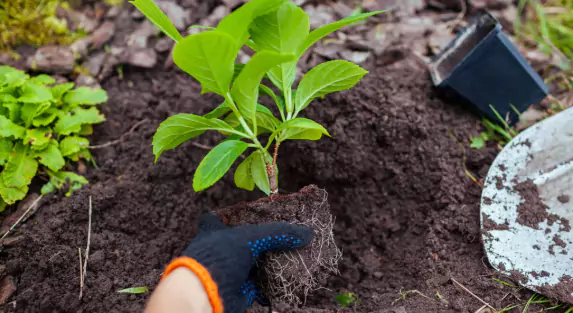
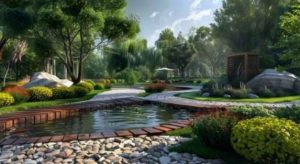
 .
.